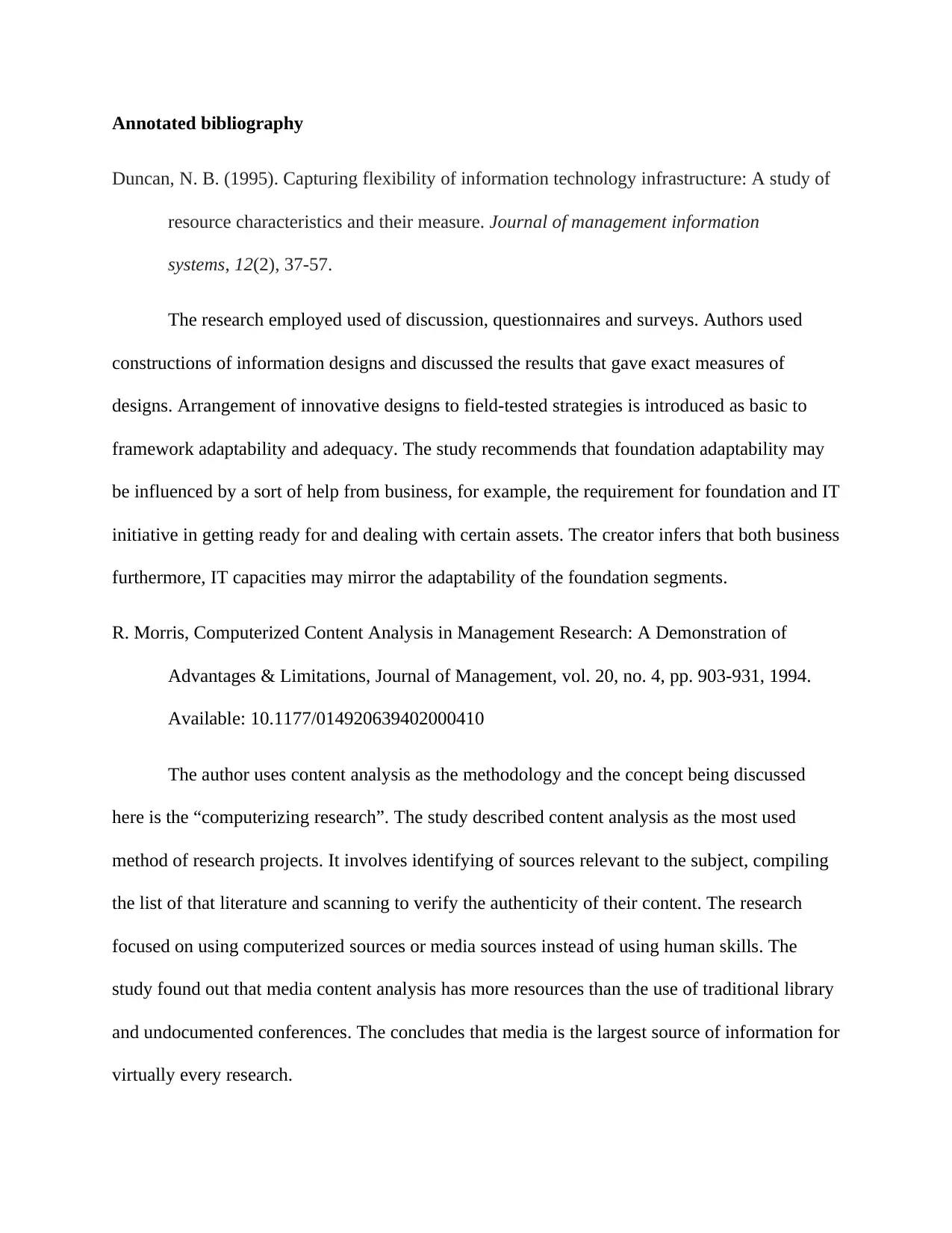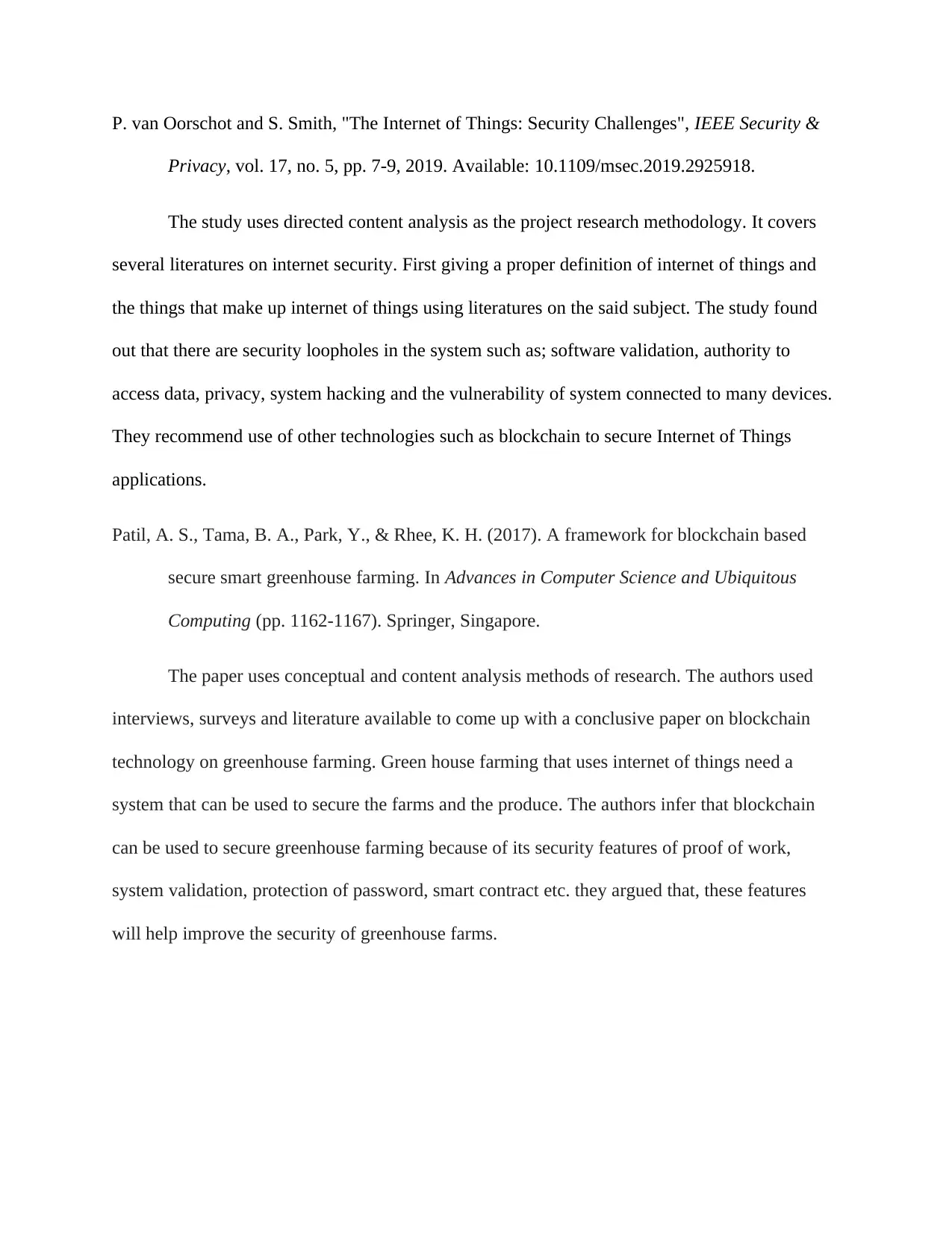An IoT Based System for Smart Farm Pest and Disease Control in India
VerifiedAdded on 2022/10/12
|2
|587
|33
Project
AI Summary
This project proposes the development of an IoT-based system for smart farms in India, focusing on pest and disease control for crops such as tomatoes, vegetables, cucumbers, maize, kales, and tea leaves. The system aims to utilize IoT technology with sensors to monitor and detect pest infestations and diseases at an early stage. The detected data is sent to farmers through a cloud-based system, providing information and mitigation measures in the local language via a mobile application. The project employs content analysis methodology, including questionnaires, surveys, interviews, and literature review to analyze existing research on IoT applications in agriculture. The goal is to improve food security by reducing crop losses, offering an alternative to the traditional use of chemicals for pest and disease management. The system will also track weather patterns to predict potential infestations and propose solutions, making it a comprehensive tool for farmers.
1 out of 2







![[object Object]](/_next/static/media/star-bottom.7253800d.svg)